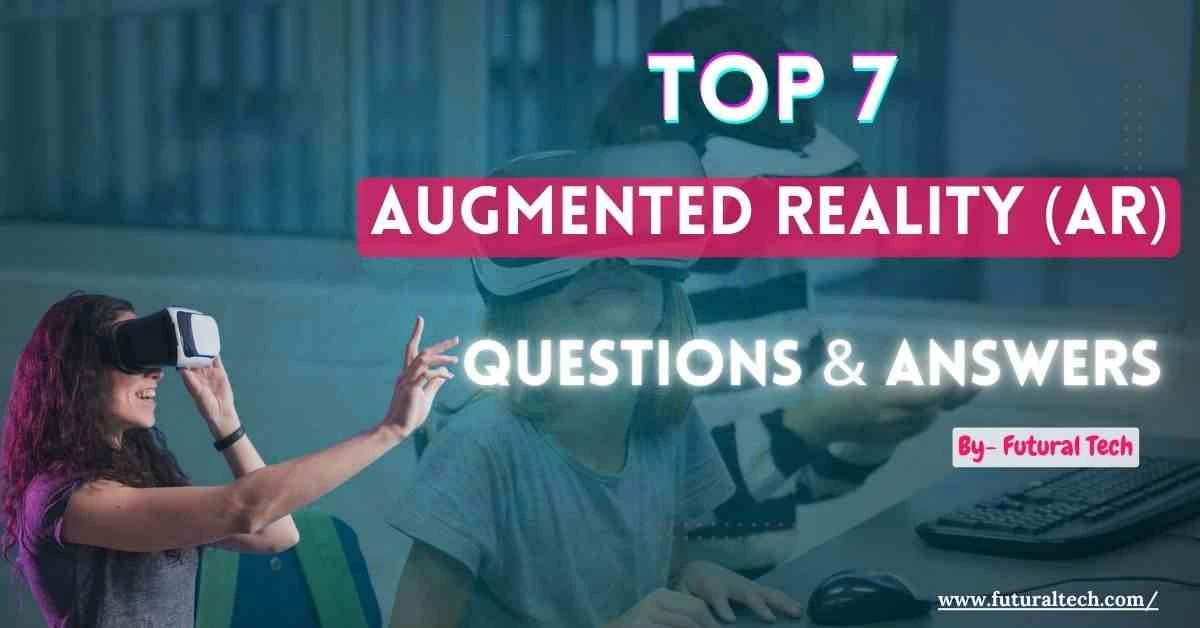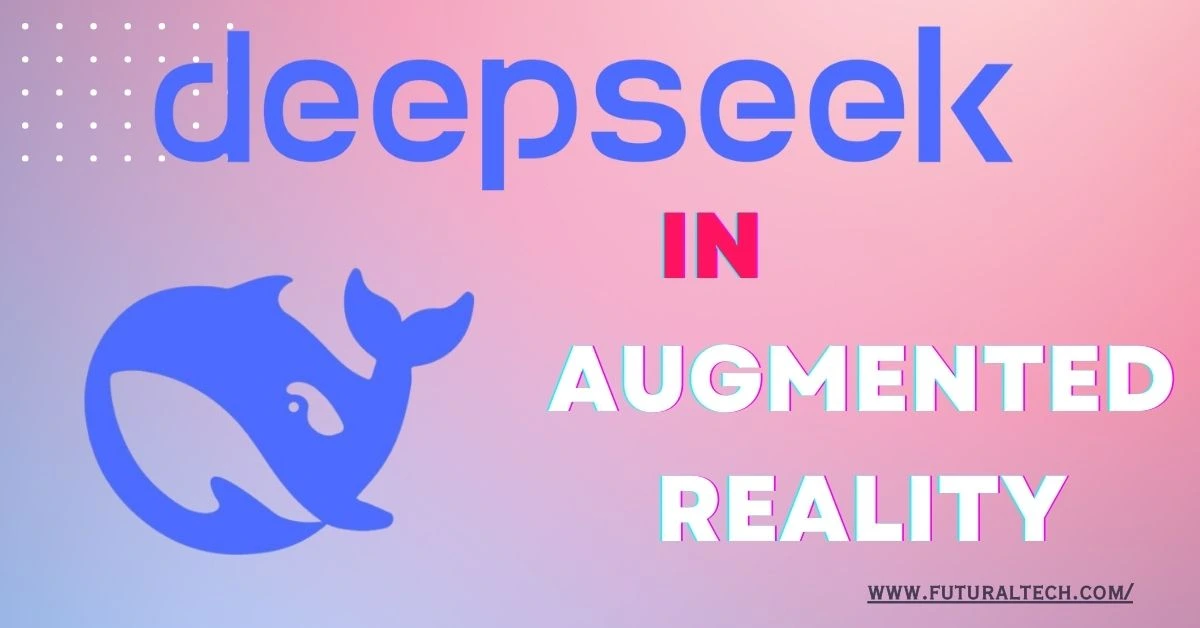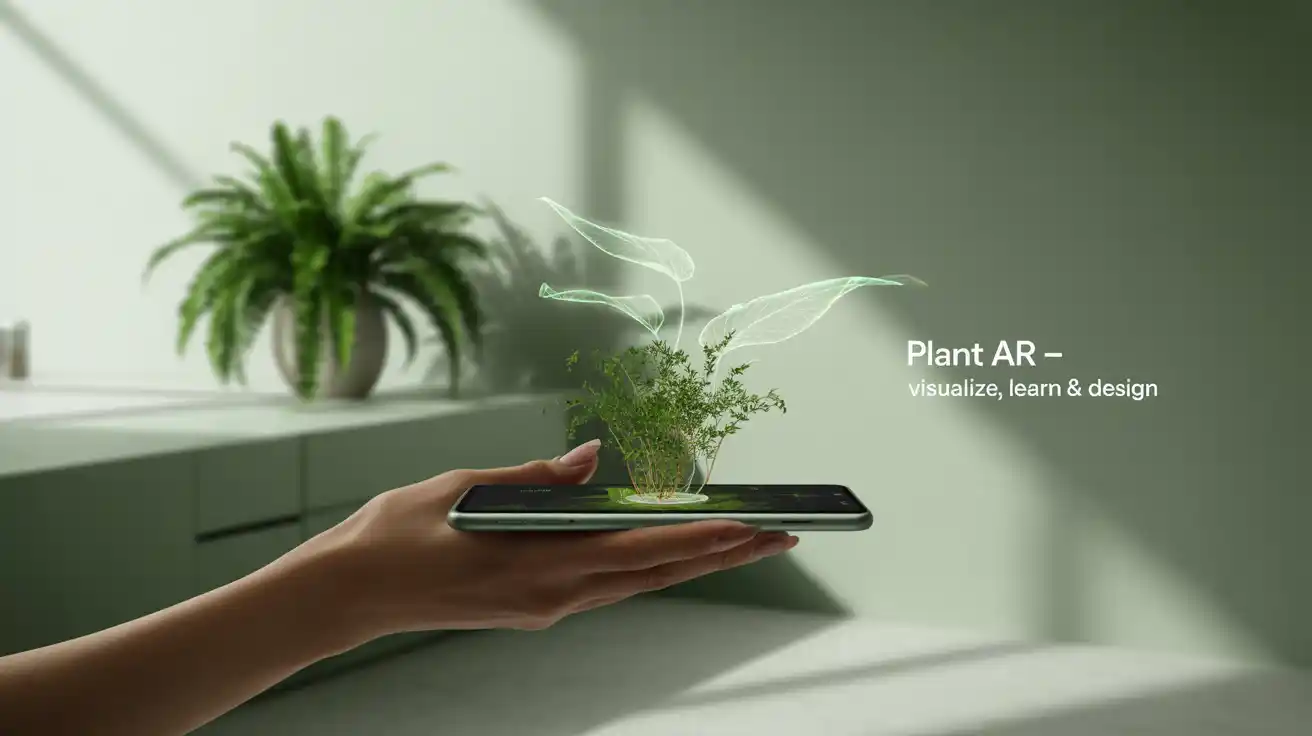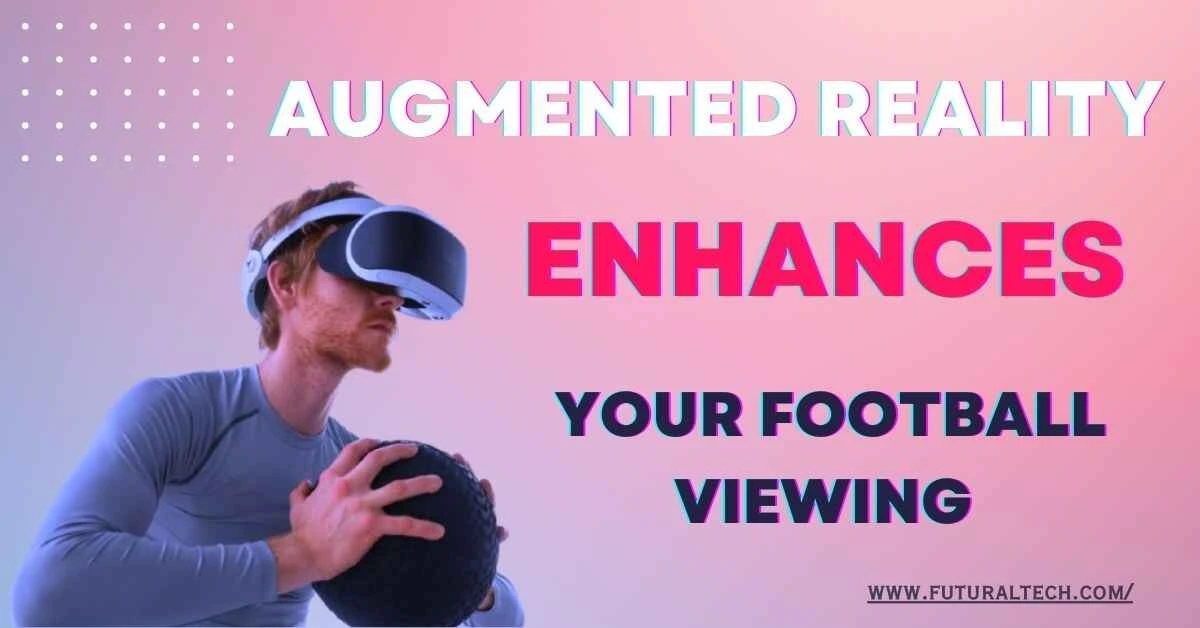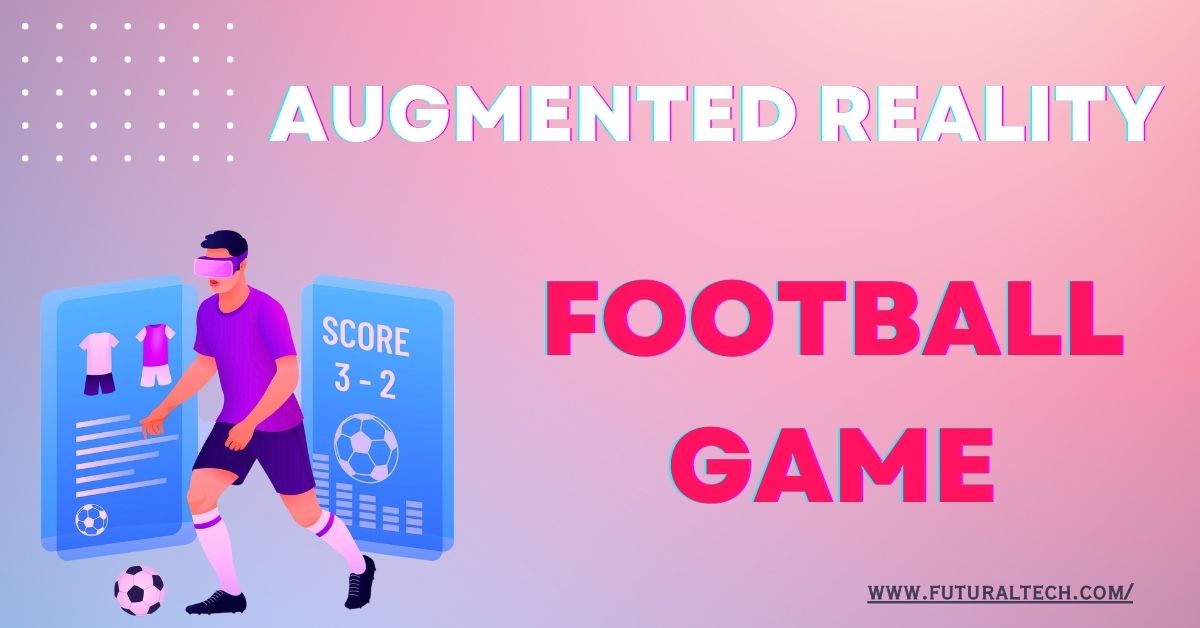Textbooks Bye-Bye! How AR is Transforming Education (Seriously Cool!)
By- Raj 1st-Sep-2024
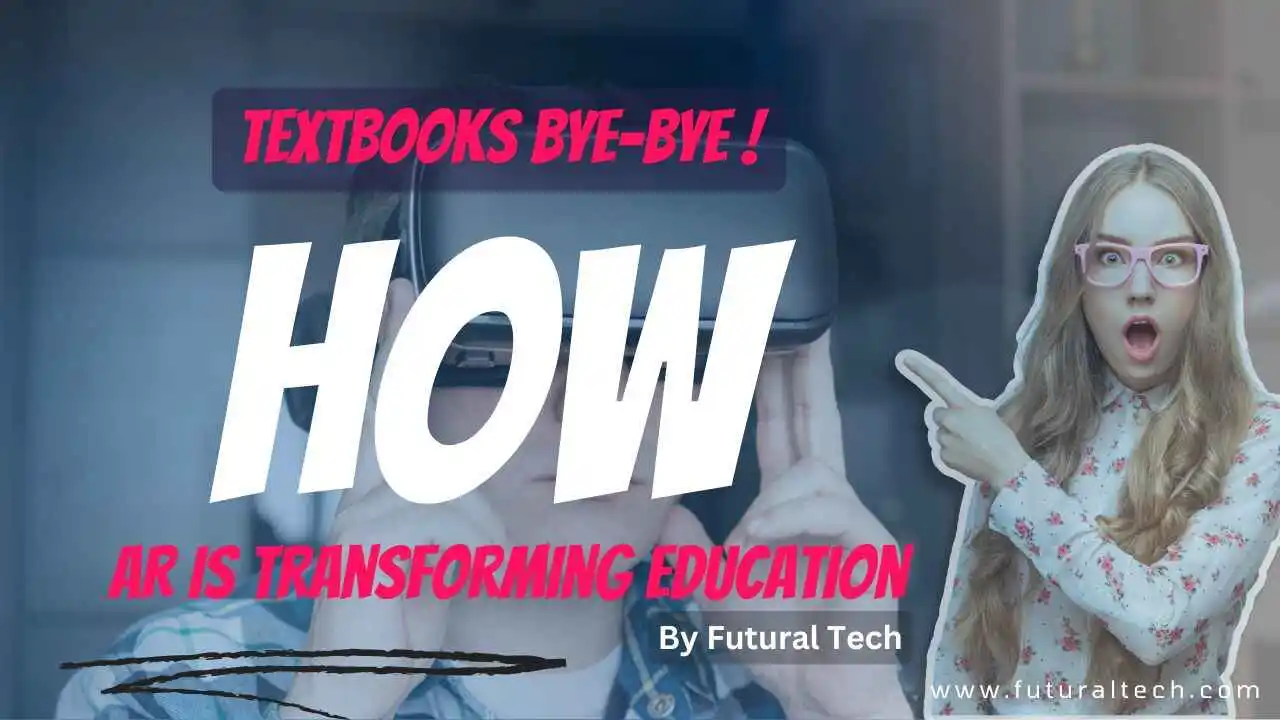
Education as we know it is changing thanks to Augmented Reality (AR). Think of a world in which the only thing that is left as the traditional textbook is a memory and the learning curve is so engaging and immersive in a way that it is absorbing. AR is neither a utopian dream nor a cosmopolitan concept only. It is already here and it has turned classrooms around the world into a place of interaction and participation through technology. Here's the way this seriously cool technology has been making the rounds in education.
Immersive Learning Experiences
Below is a scenario: you are in a history class and you want to learn about ancient Egypt. Instead of looking through a monotonous textbook, the teacher points some cool 3D images on the wall and suddenly the pyramids appear in 3D right before your eyes. You can get up close with the Great Sphinx, walk through the Valley of the Kings, and even see animated historical figures telling their stories. In AR, learners don't just read through a static textbook but experience data through vibrantly moving visuals, which in turn helps them become more connected with and committed to their education.
Boosting Student Engagement and Understanding
Yes, AR does not simply bring on the aesthetics for lulling students but it is an amazing tool for teaching that boosts both the motivation to learn and the comprehension skills of students. Research has proved that students using AR in their studies show greater engagement and have a better grasp of complex concepts. For instance:
- Interactive 3D Models: Students in biology can virtually dissect a frog, view 3D human body details, and see cellular activities in real time. Through these interactive models students find these complex concepts more easily and with great interest.
- Teachers: With AR, educators can be at the forefront of developing and sharing inventive teaching plans that cater to the learning preferences of a diverse classroom community. This brings more variety into teaching, thus, giving room for personal learning experiences.
- Students: Learning becomes an adventure for students. AR encourages inquiry and a passion for learning that supports students in retaining information more effectively and in acquiring a deeper understanding of the subject.
- Parents: AR can be turned from something painful to an interesting event at home, that every member of a family can be a part of. The kids explore and find their way through, thus, the learning process is never interrupted.
Enhanced Field Trips
Field trips are a crucial and indispensable part of the teaching process, as in them the students can gain real life experiences of the subjects and get a feel of what they have learnt in class too. With the help of AR, though, it reaches a level beyond by providing the addition of digital information on to real-life environments. To make the process more understandable, connecting the unknown topics with the known world is one of the possibilities. Visual aspects are very important, and the technology deals with this by digitally delivering the objects of interest that can be enlarged and looked at from different angles.

Language Learning Reimagined
That is true since acquiring knowledge of a new language is hard, but with AR, it becomes more organic and captivating. By translating and providing locals with cultural data plus the real things, AR makes a student knowledgeable about the language in which things were originally said. The students as long as they are with the city area can touch the signs, menus and landmarks with their mobile devices and if necessary a translation will appear along with practicing the pronunciation by listening to it which in the end makes it look like the games of information.
Benefits for Teachers, Students, and Parents
AR is very comprehensive as it can be used by everyone in the education sector in different ways:
- Teachers: Advancement of Augmented Reality (AR) technology gave teachers additional possibilities to create more interactive and multimedia-rich lesson plans that can also be adapted for different learners. It makes the learning process more interactive and lets the students learn according to what they like and dislike.
- Students: Students get the chance to have an adventurous learning experience. AR inspires inquisitiveness and naturalness of learning, which in turn leads to better memory and a profound grasp of the material.
- Parents: AR at home can be the factor that changes learning into a fun activity in both the family which will be a gratifying moment for all. This not only develops the senses of exploration and the spirit of inquiry but it also provides a non- das austere -classroom set-up that the children love. Additionally, it leads self exploration and curiosity to be satisfied through real-life experiences beyond the school.

